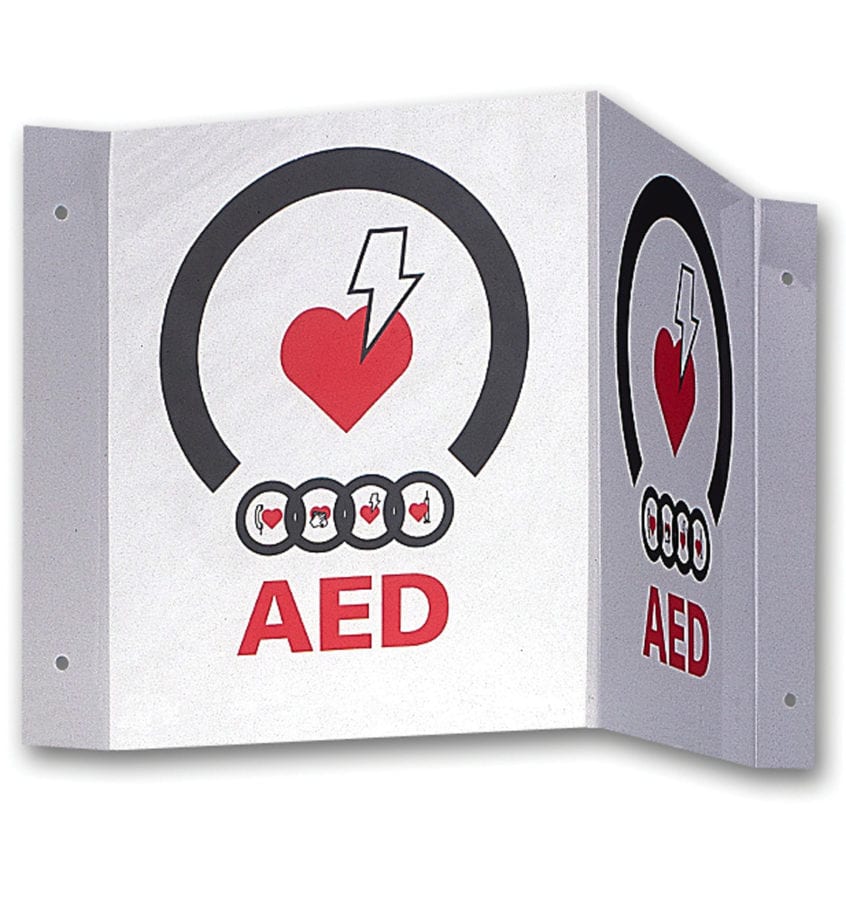8 Things To Consider When Purchasing an AED

Just as a car isn’t just a car, an AED (Automated External Defibrillator) isn’t just an AED. There are different models, with different features. For those unfamiliar with AEDs we have put together this short primer of things that you need to look at before purchasing an AED.
Available Modes
Defibrillators come in two basic modes of operation, each with its advantages. Your choices are semiautomatic or automatic. Semiautomatics require that a button be pushed, when prompted, to deliver that lifesaving shock. While Automatics deliver the shock automatically. The advantage of the semiautomatics is that they are generally a little less expensive. The advantage that you get with a fully automatic model is assurance of prompt execution of treatment. Some studies have shown that people can be hesitant to deliver the needed shock. In a situation where seconds can mean life or death, hesitation can be costly. Both models are considered safe as the fully automatic models give a warning and countdown before delivering the shock and have built in sensors to monitor whither anyone else is touching the victim.
Rescue Prompt Type
All AEDs use simple, easy to follow voice prompts to guide the user through a rescue. Some AEDs also utilize LED indicators to confirm correct pad placement and guide the user. Text displays and video displays are becoming more common as an additional tool to guide rescuers and provide assistance to hearing impaired individuals and in loud environments.
CPR Help
All AEDs manufactured today are in compliance with the American Heart Association’s most current guidelines in accordance with 2 minutes of CPR between defibrillation. Some AED models offer a CPR coach to intuitively coach the rescuer through each step of CPR. Others utilize a metronome to aid with an accurate compression rate.
Pre-Connected Pads
Some AEDs come with one set of electrode pads pre-connected to the AED to ensure readiness.
Energy Type & Range
Some AEDs shock within “low energy” parameters (200J or less) while other AEDs “escalate” energy levels (starting at 200J and escalating to 360J). The FDA and AHA have stated that both ways are appropriate ways of defibrillating and that all AEDs are effective.
Self-Testing Ability & Frequency
All AEDs perform self-tests on various components daily, weekly or monthly. These self-tests ensure that the AED is ready when you need it and alert you if a problem arises. All AEDs have some form of “status indicator” to alert the user to the status of the AED. All models have a visual LED indicator or “OK” symbol, and some AEDs combine an audible “chirp” in addition to the visual indicator.
IP Rating
Stands for “Ingress Protection” and is a measurement of how resistant the AED is to foreign object intrusion, such as dust and water. The first number is the “solid foreign object” rating and the second number is the “liquid foreign object” rating. You can view the IP Rating Table in our AED Expert Center for information on the rating scale.
Size and Weight
AEDs vary quite a bit in size and weight. This is something to consider if you are going to be taking your AED on a backpacking trip or if it is in a location where the very young or very old may be called upon to use it.



